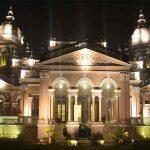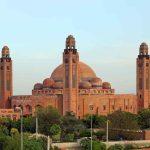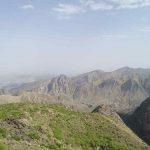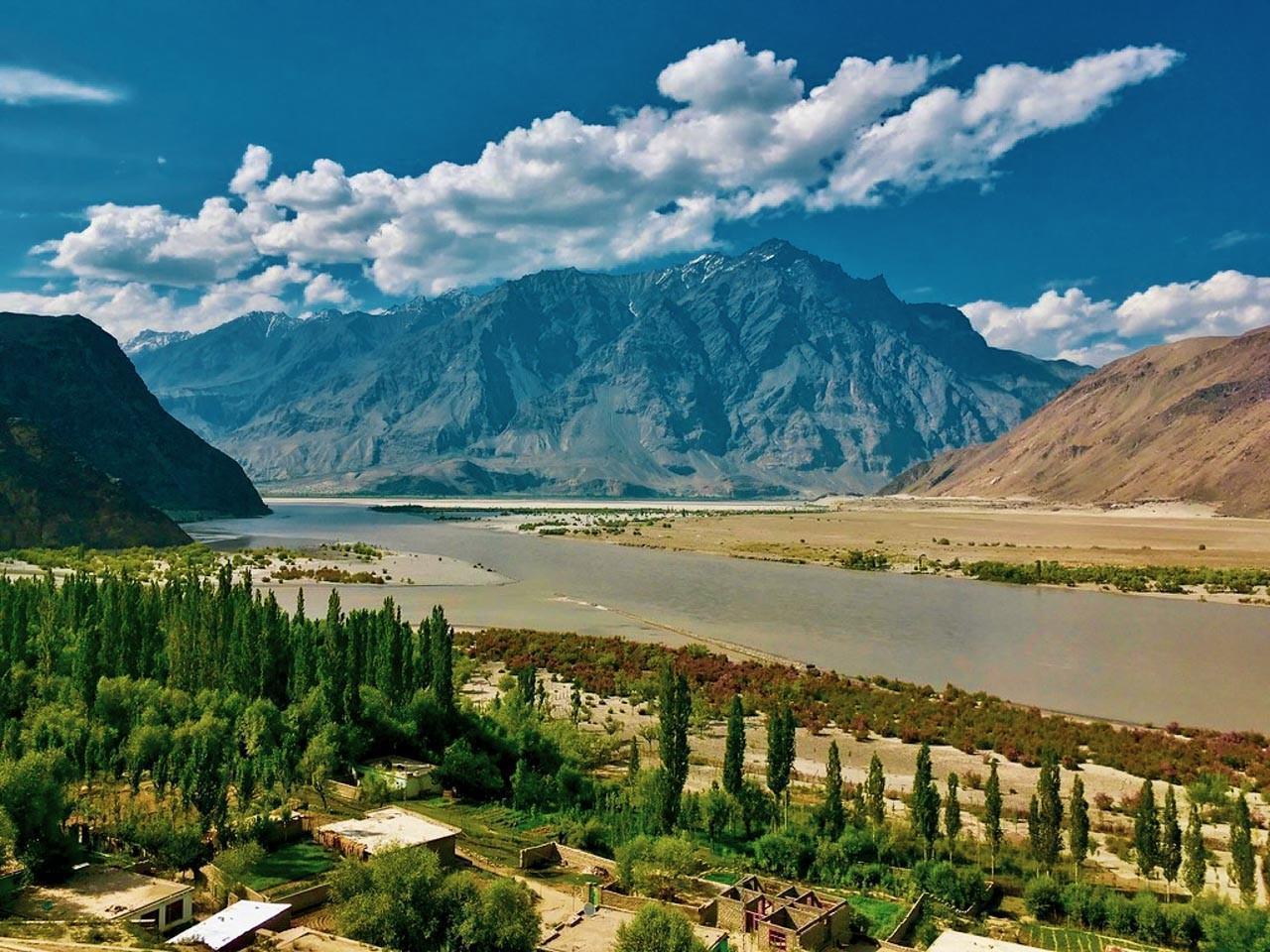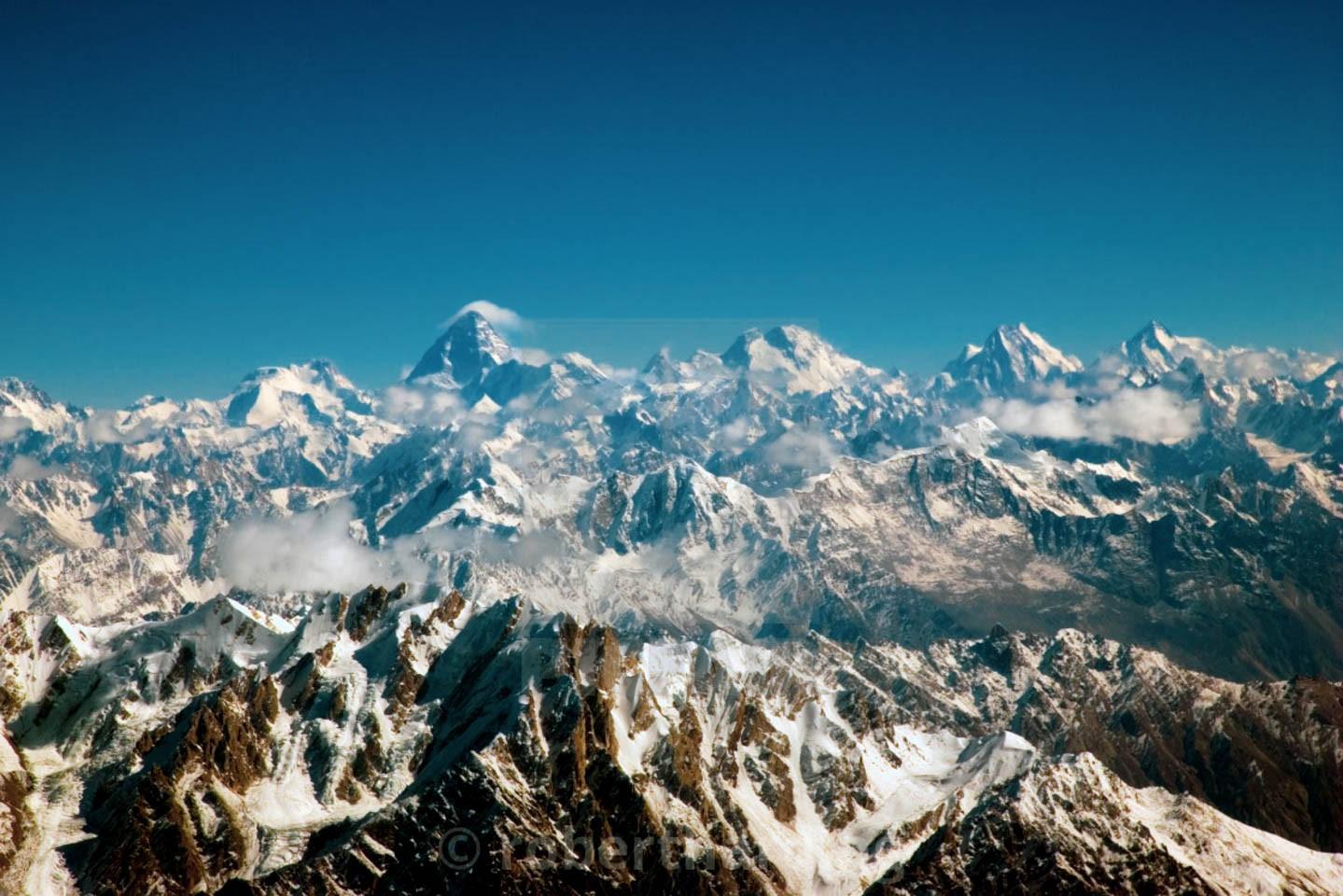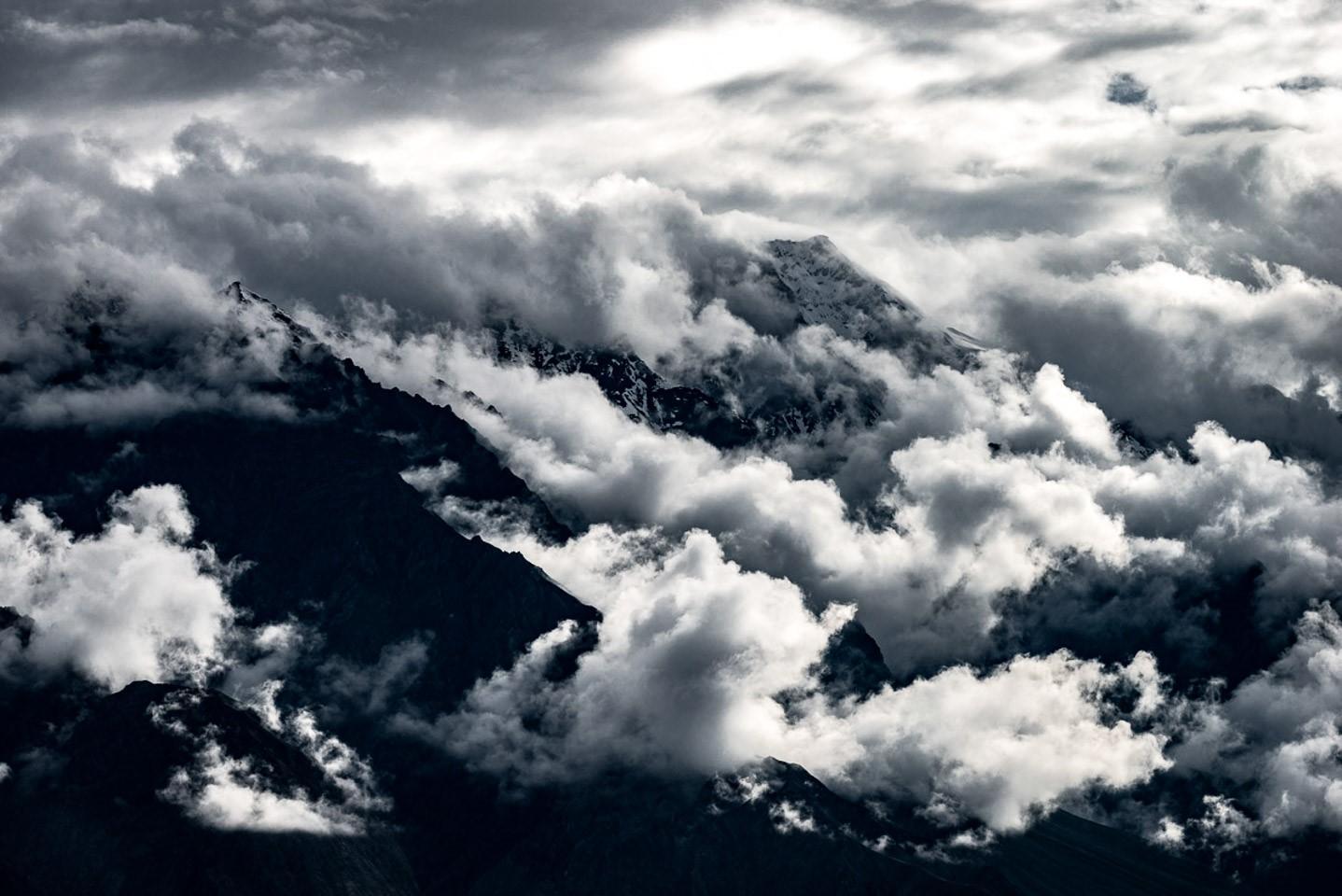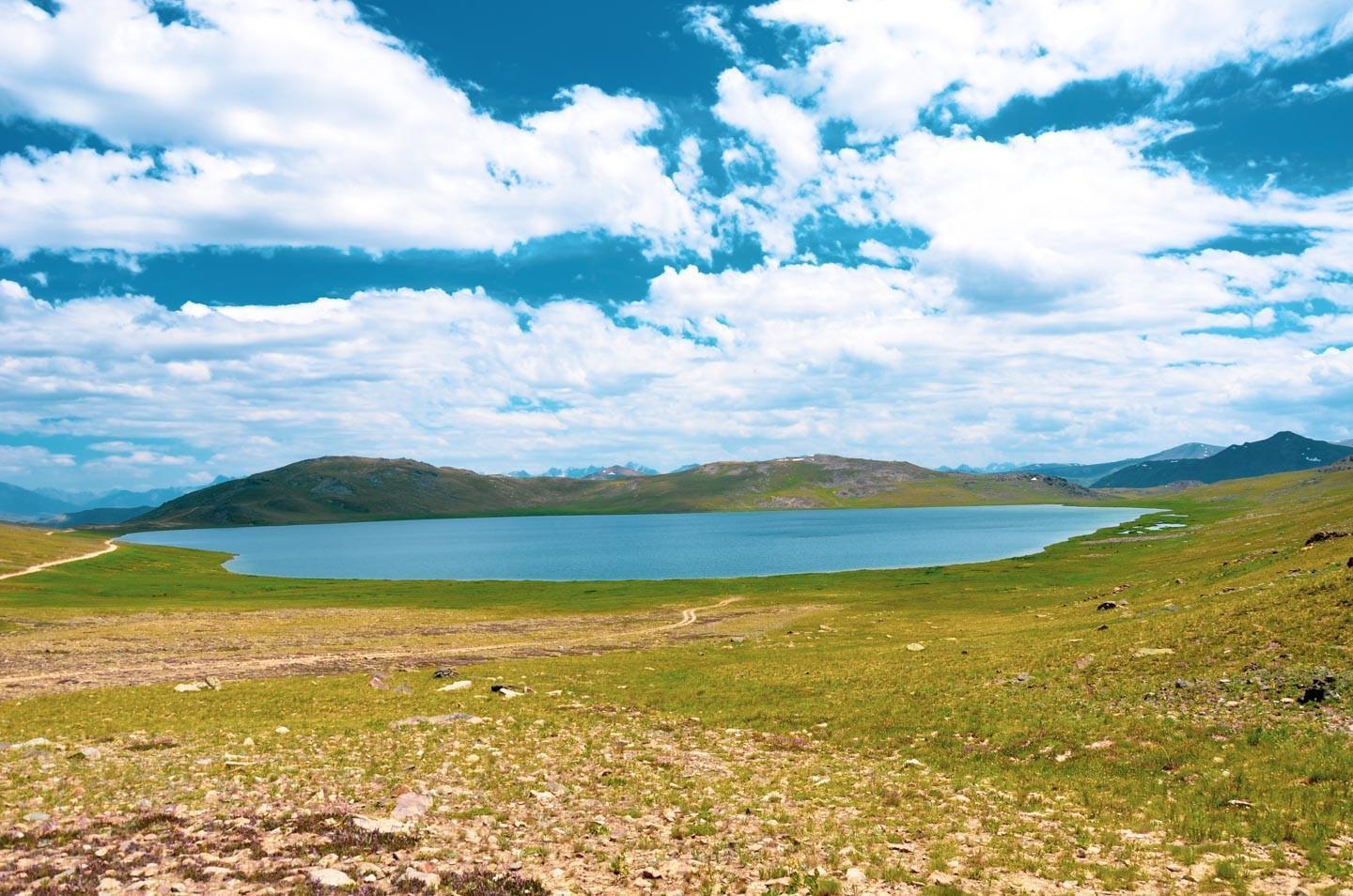Home » Gilgit Baltistan – The Land of Gigantic Mountains » Skardu Valley: Where Mountains, Lakes, and Dreams Converge
Skardu Valley: Where Mountains, Lakes, and Dreams Converge
—
Nature’s masterpiece, where towering mountains, pristine lakes, and meandering rivers converge in breathtaking harmony. Embark on an unforgettable adventure through this hidden gem, exploring its untamed beauty and immersing yourself in tranquility.
Skardu- A Climber’s Paradise
The capital town of the largest district, “Skardu,” of the Gilgit-Baltistan region, Skardu Valley is surrounded by three world-famous ranges, Karakoram, Himalaya, and Ladakh. Famed as the Climber’s Paradise, Skardu Valley is the trekking hub to four of the world’s highest summits; Gasherbrum-I, Gasherbrum-II, Broadpeak, and K-2.
It contains the most spectacular and fascinating mountainous region of the world, where hundreds of virgin peaks still lie unclimbed challenging climbers the world over. Trekkers and climbers from all over the world hustle to trek through these mighty peaks so as to expand their list of summits. Hiking among them is an exceptional experience, but exploring the valleys and the local culture is equally rewarding.
Times change, but what hasn’t changed is the magnetism of Skardu Valley for local and foreign tourists. The crisp forest breeze, diverse wildlife, blossoming trees of apricots, cherry, and mulberry, and the serenity of the meadows and mighty mountain ranges fascinate travel enthusiasts and adventure lovers to explore the ethereal beauty of these faraway lands.
Every time you invest time and effort to visit the valley, it offers something brand new to your experience of life; Skardu Valley is worth it!
Having an awareness of the culture, history, significant locations and attractions, hotels in the area, weather information, and road conditions is imperative to tailor a trip according to your desires and your trip mates’ expectations.
Accessing Skardu Valley: Convenient Routes and Distances
Skardu Valley is accessible from various cities in Pakistan. If you’re starting your journey from Islamabad, the capital city, you have two options:
-
Islamabad to Skardu by Road
The Islamabad to Skardu distance is approximately 637 kilometers. A road trip from Islamabad to Skardu takes around 14 to 20 hours, depending on road conditions and traffic. For a seamless journey, it’s advisable to seek assistance from a reliable tour guide such as GuideToPakistan. The scenic route passes through breathtaking valleys and picturesque landscapes, providing an immersive experience
-
Islamabad to Skardu by Air
The fastest and appropriate way to reach Skardu is by air. Pakistan International Airlines (PIA) operates scheduled direct Skardu flights from Islamabad. The duration of flight is around one hour, offering stunning aerial views of the majestic mountains, including Nanga Parbat and K-2.
-
Lahore to Skardu by Air
The Lahore to Skardu distance is approximately 1,030 kilometers, offering travelers a picturesque journey through the heart of Pakistan. Embarking on a road trip from Lahore to Skardu is an adventure in itself.
The journey typically takes around 4 hours, depending on the road conditions and stops along the way. While the distance may seem considerable, the breathtaking scenery and unique experiences make it a memorable trip.
Best Places To Visit In Skardu Valley
Skardu Valley, known for its breathtaking landscapes and exhilarating adventures, offers a plethora of must-visit places. Immerse yourself in the beauty of Skardu and explore these places to visit in Skardu:
-
Shangrila Resort Skardu
Shangrila Resort is a popular tourist spot in Skardu Pakistan. Located near Upper Kachura Lake, it offers breathtaking views of the lake and surrounding mountains. The resort features luxurious accommodations, restaurants serving delicious local cuisine, and opportunities for boating and fishing in the lake.
-
Cold Desert Skardu
Skardu is home to the highest cold desert in the world, known as the Sarfranga Cold Desert. This unique landscape, with its vast expanse of black sand dunes and mesmerizing views, provides an otherworldly experience. Visitors can enjoy jeep safaris, camel rides, and camping under the starry sky.
-
Deosai National Park
A visit to Skardu is incomplete without exploring the enchanting Deosai National Park. Placed at an altitude of over 4,000 meters, it is one of the world’s highest plateaus. The Deosai Skardu boasts breathtaking meadows, wildflowers, and diverse wildlife, including the iconic Himalayan brown bears. Trekking, camping, and bird-watching are popular activities in this pristine wilderness.
-
Basho Valley
Basho Valley Skardu, also known as Basho Meadows, is a hidden gem near Skardu. This picturesque valley offers stunning views of lush green meadows, crystal-clear streams, and towering mountains. It’s a perfect spot for hiking, photography, and enjoying the tranquility of nature.
-
Satpara Lake
Located near Skardu, Satpara Lake is a serene water body surrounded by mountains. The lake offers boating and fishing opportunities, allowing visitors to relax and soak in the tranquility of the surroundings.
Weather Conditions and Climate
The Summer climate of Skardu is moderate, with low levels of rain throughout the year. Average temperature staggers between 24°C maximum to 4°C minimum from March to September. The Severe winter season is marked by freezing temperatures dropping to -10°C from October to February; afterward, it starts climbing up the scale again.
People of Skardu
The inhabitants of Skardu belong to multiple ethnicities, mainly Baltis, and Tibetans. Commonly spoken languages are Shina, Burushaski, Balti, and Wakhi. The literacy rate is 100 percent all over the Gilgit-Baltistan region. Khaplu, Machalu, Chorbat, and Haldipa are significant villages in Skardu Valley.
The population of Gilgit-Baltistan is Muslim, the majority belonging to the Shia Sect; however, followers of Sunni, Wahabi, and Noorbakhshia sects are also found in the great majority. Ismailism is also one of the major sects whose practitioners reside in Gilgit Baltistan.
The commendable hospitality, warmth, and friendliness of Skardu’s folks make it a safe tourist attraction for all kinds of travelers. Each house in Skardu Valley has its orchard of fruits; apples, apricots, and peaches adorn the landscape in every village. Traveling along the villages and towns, people generously offer pleasantries to the tourists. They may also invite you to stay in their homes and offer you meals. People do not accept tips; however, you can leave a small amount of money or some gift item for them as a thank-you, although it is common for them to refuse. Women are treated with respect in the conservative society of Gilgit- Baltistan, and you will not find many women outside of their houses.
Polo Festival in Skardu
Besides the landscape, history, and culture, the flamboyance of festivals in Skardu Valley is also appealing to tourists. In addition to many local festivals characteristic of each valley, the world-famous Polo Festival in Skardu is a great attraction. Polo is a traditional Balti game, which is also called “The Game of Kings” or “The King of Games.” The polo festival is held during the second week of August each year, in which the polo tournament marks the liberation of Baltistan from the Dogra rule in 1948.
Jashn e Nowruz is celebrated in all parts of Gilgit Baltistan as the Persian new year begins. People gather to enjoy feasts; paint eggs to decorate their tables, and ladies beautify their hands with henna (a local plant ground blended with water to paint hands red).
Planning Your Skardu Trip: Tips and Suggestions
- Flights to Skardu tour are subject to weather conditions, so it’s advisable to check the flight schedule and availability in advance.
- Consider booking accommodations and tour packages in Skardu in advance, especially during peak tourist seasons.
- Pack appropriate clothing, including warm layers, as temperatures in Skardu can drop significantly, especially during winter.
- Engage with local tour operators or guides who can provide valuable insights and ensure a smooth and memorable trip.
Frequently Asked Questions
1- Which season is ideal for traveling to Skardu?
Skardu is best visited between October and November.
The standard maximum temperature in the summertime is about 5°C (42°F); however, on the hottest days of the year, it can occasionally soar as high as 7°C (45°F). In the winter, temperatures at night time can drop as low as -34°C (-30°F).
2- What is Skardu Valley so famous?
A: Skardu Valley is mostly known for its stunning natural beauty that includes majestic mountains,lakes, picturesque meadows, and the most famous cold desert. It is also a well-known spot for adventure activities like trekking, mountaineering, and also camping.
3- Can we reach Skardu by car?
Yes, one can conveniently travel to Skardu by car. The journey to Skardu can be made by road from several cities in Pakistan. The most common route is from Islamabad, which takes about 14 to 20 hours, depending on the road conditions and traffic.
4- Is it possible to visit Skardu Valley in winter?
Yes, Skardu Valley can be visited in winter, but it’s important to note that road access to Skardu via Naran-Babusar-Chilas road is usually closed from November to March (sometimes extending till May) due to heavy snowfall. However, air travel is still an option during these months. October is also a great month to witness the snowy landscapes and enjoy autumn colors.
5- Is Skardu Valley safe for tourists?
Skardu Valley is generally considered safe for tourists. The local people are known for their friendliness and hospitality towards visitors. However, it’s always advisable to take standard precautions like being aware of your surroundings, following local guidelines, and respecting the local culture and customs.
6- What is the approximate distance of Naran to Skardu?
The travel time from Naran to Skardu usually takes around 10-12 hours, depending on the road conditions and the number of stops that you would be taking along the way.
Share this tour
-
Recent Posts
Connect With Us
Uncategorized
- Travel Guide to Gulzar MahalFebruary 28, 2022
- Travel Guide to the Grand Jamia MosqueFebruary 28, 2022
- Travel Guide to Fort MunroFebruary 28, 2022
- Travel Guide to Gulzar Mahal
-
Guide to Pakistan
Travel Pakistan
Read Info
Join our Team
